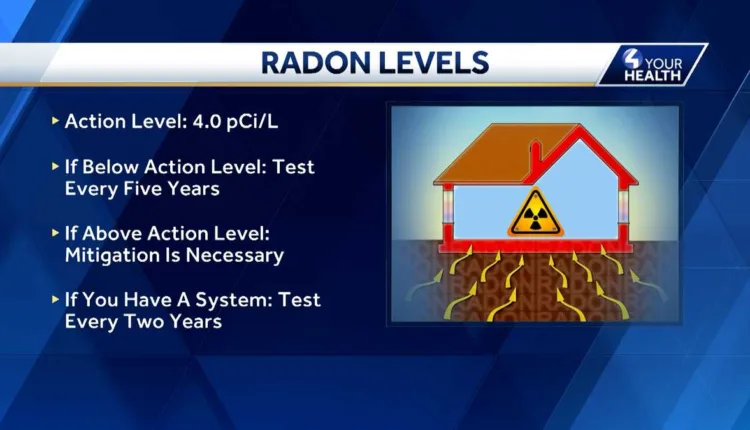
Pennsylvania Listed as One of the States with Highest Radon Levels
Understanding Radon Testing, Detection, and Mitigation
Environmental experts continue their efforts to raise awareness about the importance of radon testing and mitigation. This has been particularly emphasized following Radon Action Month in January. Radon detection and mitigation are critical practices, given the harmful effects of this dangerous radioactive gas.
The Impact of High Radon Levels
Radon levels in some regions, like Pennsylvania, rank among the highest in the country. According to the American Lung Association, this invisible, odorless gas is responsible for over 1,000 estimated deaths in Pennsylvania each year. The Environmental Protection Agency (EPA) reveals that one out of 15 homes contains high radon levels, a statistic further supported by the American Lung Association, which estimates that two out of every five homes statewide have high levels.
What is Radon?
Radon is a naturally occurring, colorless, and odorless radioactive gas that can cause lung cancer. It originates from the natural decay of uranium found in almost all soils and seeps from the ground into the atmosphere, infiltrating buildings such as homes, schools, and workplaces. Radon can accumulate to dangerous levels, increasing the risk of lung cancer.
Radon-Induced Lung Cancer
The EPA estimates that radon is responsible for approximately 21,000 deaths each year across the nation, making it one of the leading causes of lung cancer. “About 18,000 of those lung cancer deaths occur in smokers, but about 3,000 radon-induced lung-cancer cases occur in non-smokers. Radon is the leading cause of lung cancer in non-smokers”, says Bob Lewis, radon program manager for the Pennsylvania Department of Environmental Protection.
Testing for Radon
While everyone is exposed to radon either at home, at work, or at school, the level of exposure and frequency are dependent on the radon levels in the environment. The EPA has declared four picocuries per liter as the action level. If your levels are a four or above, it is recommended to perform a follow-up test for radon and seek mitigation or removal specialists.
Radon Removal Process
The radon removal process typically involves the installation of a radon removal system, which takes about four hours. The system consists of a fan that draws air from underneath the slab of your home, thereby creating low pressure and pulling the radon gas out. The standard systems can cost anywhere from $800 to $1,400.
The Importance of Awareness
Increasing awareness about radon detection and mitigation is vital in protecting individuals from the harmful effects of radon. As emphasized by Bill Kail, owner of a radon mitigation and detection company, “The cost to fix it is very minimal in comparison, (testing or mitigation) is something that can save a life.”
—
Read More US Lifestyle News
